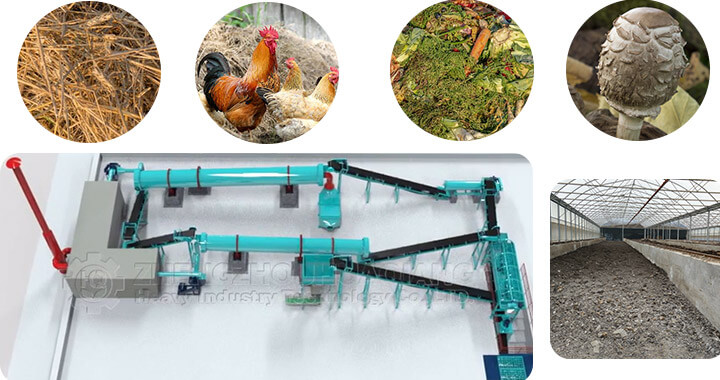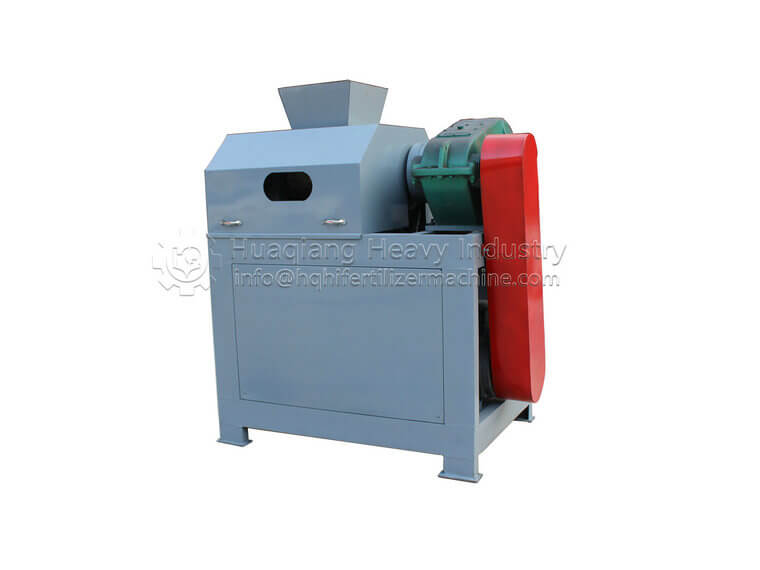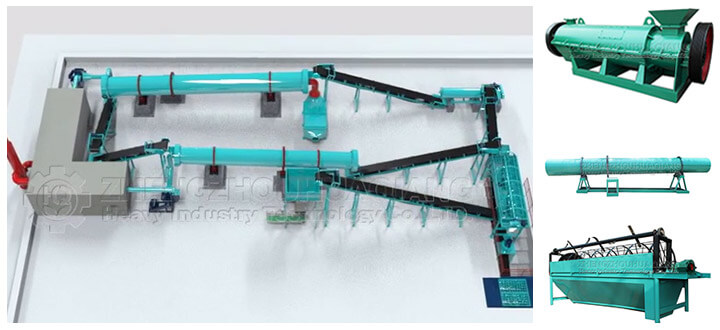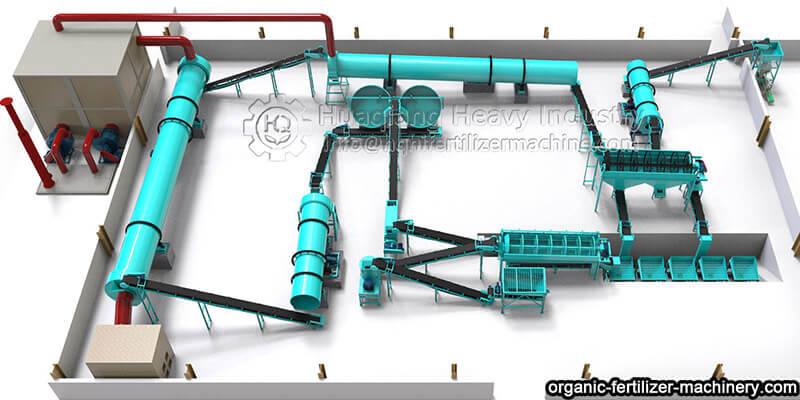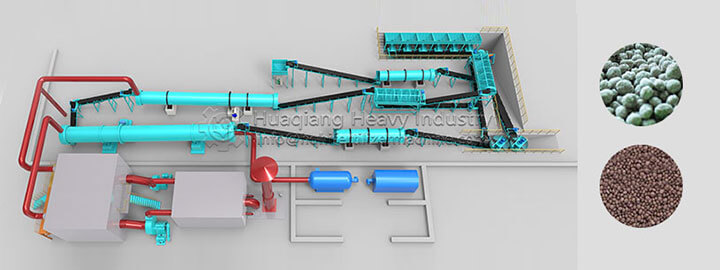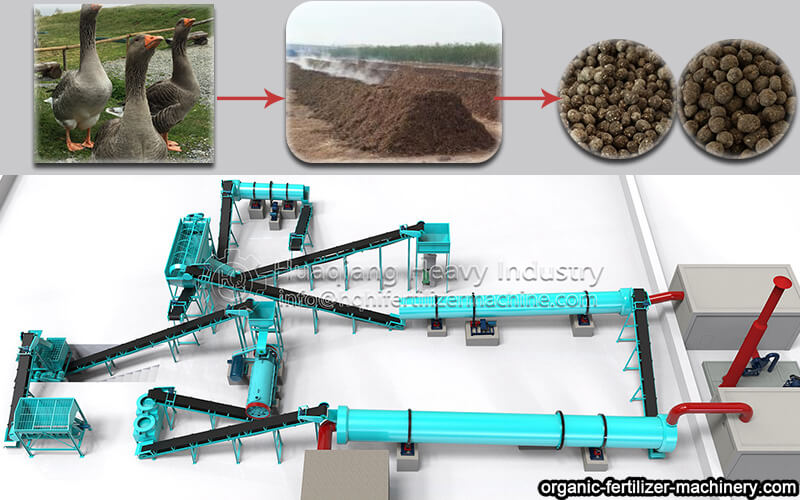Many factors should be considered in the construction of an organic fertilizer plant,such as market sales of organic fertilizer,development prospect of organic fertilizer industry,raw materials of organic fertilizer production,equipment of organic fertilizer production line and investment of organic fertilizer production line.After plant is built,the maintenance of the organic fertilizer equipment should be considered when the organic fertilizer is put into production.
After using the organic fertilizer production equipment for a period of time,there will inevitably be wear and failure.The organic fertilizer production line needs all organic fertilizer machines to operate together,and the failure of some machines will certainly affect the progress of the whole production line.How to reduce the wear of equipment,the occurence of productionn failure and extend the severice life of organic fertilizer equipment is particularly important.
Maintain the equipment from the production process of organic fertilizer
The production process of organic fertilizer mainly includes fermentation,throwing,crushing,mixing,granulation,screening,drying,cooling and packaging.The main used organic fertilizer equipment hich these machine are also to be equipped in biofertilizer project,are crusher,mixer,fertilizer granulator machine,screening machine,dryer machine,cooler,packaging machine.
Then from the production process of organic fertilizer,this paper focuses on the mainntenance methods of several organic fertilizer machines.

Composter machine:
1)After the use of the tipping ioeration,the residues and surplus materials on the tipping machine and the surrounding site shall be removed,and the lubricating point.
2)Check the oil quantity of the gearbox of the dumper,and add enough gear oil.
3)Remove the accumulated materials in the unloading port of the tripper and keep it unblocked.
4)Check the contact condition of each contactor in the electric control cabinet,and replace it immediately if it is damaged.
Before using the crusher,check whether the shape of the machine is damaged and whether all parts are complete.Before the crusher is connected to the power supply,first,confirm whether there is any iron foreign matter in the crusher,and manually rotate the flywheel for more than one turn.Never move the flexible knife by hand to ensure safety.To ensure that the main machine of the crusher turns correctly,the motor can be started and put into production.
The use time of the internal cutter of the crusher varies.If there is any wear,please replace the blade in time.When installing the tool,the rotating tool must be fastened.The crusher has been running for about 500hours.Check the left and right main bearings,clean and lubricate them if necessary.The working load of the crusher is heavy.It is necessary to check the tightness of the transmission traingle belt frequently to ensure the smooth and reliable transmission of moving knife.It s not allowed to increase the rotation speed of the crusher at will.When the crusher works with a large power machine,it is necessary to control the flow and make the flow uniform.


